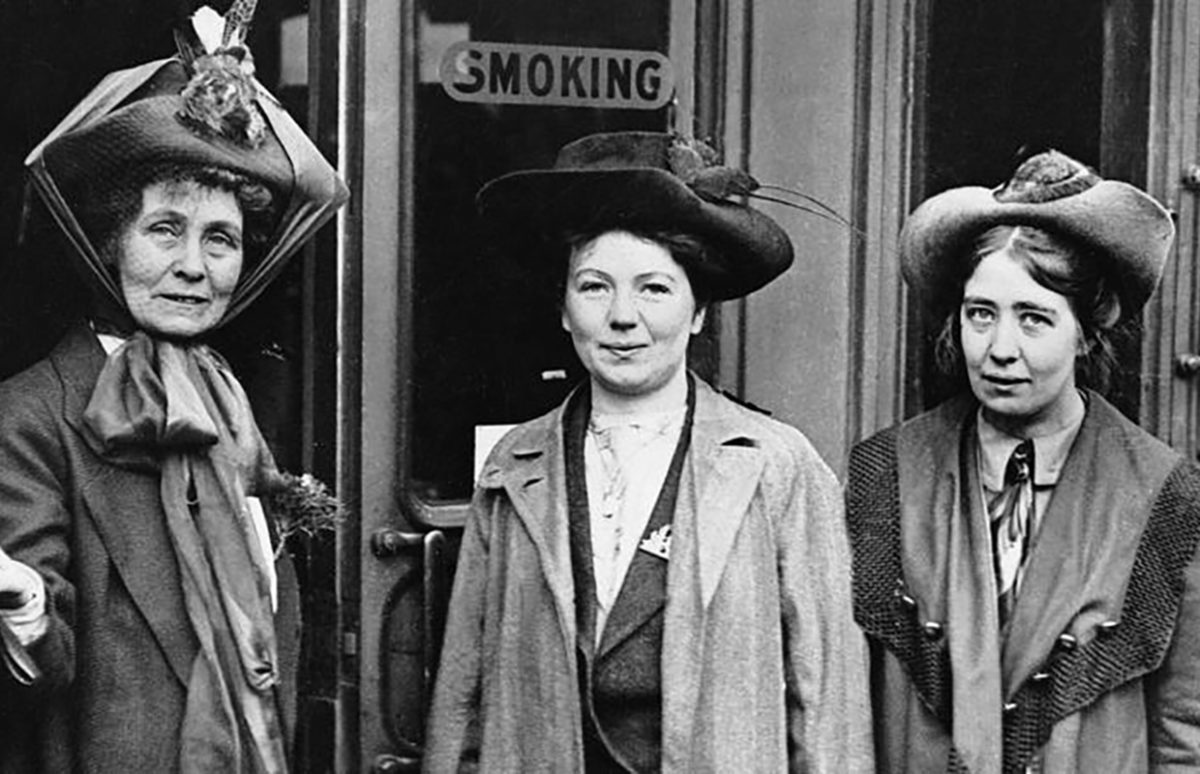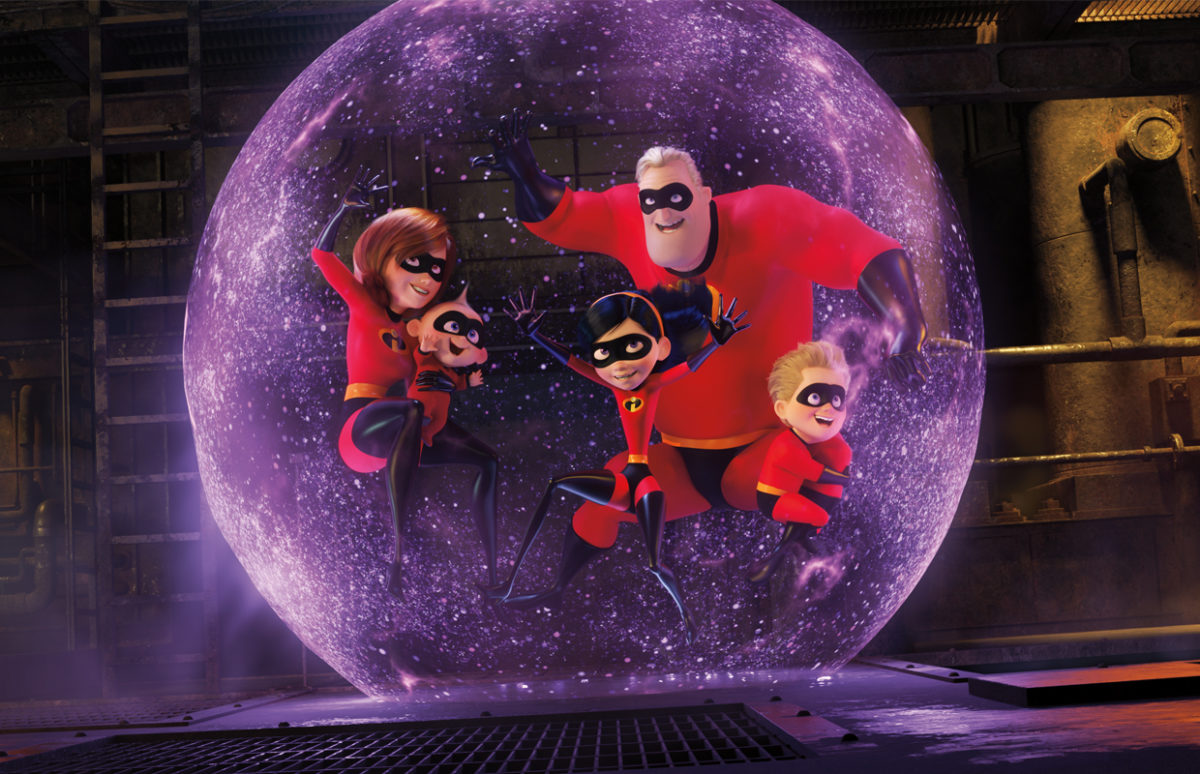
In 2018, Britain is celebrating the centenary of a major milestone in the suffragette movement’s fight to obtain votes for women, which was led by Emmeline Pankhurst and her daughters Sylvia and Christabel. Emmeline Pankhurst’s great-granddaughter, Dr Helen Pankhurst, is giving two talks in Paris: “From ‘Votes for Women’ to ‘Time’s Up’, Reflections on feminism … Continue reading “Votes for Women: Helen Pankhurst Lecture in Paris”

New Zealand Prime Minister Jacinda Ardern gave birth to her first child, a girl, on 21 June, then shared the news with a photo on social media. The PM will now take six weeks maternity leave while her deputy steps in. At 37, Ardern is New Zealand’s youngest Prime Minister in 150 years, and she … Continue reading “How to Be a Modern Prime Minister”

Jean Rhys (1890-1979) lived and wrote about her extraordinary life in the West Indies, London and Paris before producing her masterpiece, Wide Sargasso Sea, a prequel to Jane Eyre, telling the story of Bertha Mason, the Creole wife Mr Rochester married for her fortune, and who in Jane Eyre is portrayed as the madwoman in … Continue reading “Celebrating Author Jean Rhys”

Montpellier will see the French première of an extraordinary new dance and theatre piece about the experience of Indian soldiers in World War I on 26 and 27 June. XENOS is the latest creation by British-Bangladeshi dancer and choreographer Akram Khan. The title is ancient Greek for “stranger” or “foreigner” and the piece draws both … Continue reading “War Dance”

La collection de manuels Thumbs up! s’agrandit avec l’arrivée dans vos casiers de Thumbs up! 5e. Voici la bande annonce ! Fortement ancré dans la culture anglophone, riche en documents authentiques, Thumbs up! 5e propose de nombreux parcours différenciés pour permettre tous les élèves de progresser. Pour en savoir plus.

Dragons loom large in a lot of children’s literature, from Lord of the Rings to Harry Potter, as well as How To Train Your Dragon and Eragon. The theme of dragons sparked the imagination of thousands of British children, who created designs for giant dragon sculptures on view in London’s Kew Gardens this summer. There … Continue reading “To Find a Dragon”

Parmi les idées d’évolution du Baccalauréat figure la perspective d’un « grand oral » qui valoriserait les compétences de l’oral. Or, la confiance nécessaire pour parler devant ses camarades, toute la classe, voire un jury, n’est pas innée et les élèves doivent y être régulièrement entrainés. Les langues peuvent jouer un rôle non négligeable dans … Continue reading “Oral Participation in Class: Ideas from Britain”

As Canada Day approaches on 1 July, the Canadian Prime Minister Justin Trudeau has been in international headlines, though not for the reasons the golden boy of Canadian politics has attracted publicity for in his three years in office. This time it was for crossing swords with Donald Trump over trade tariffs at the G7 … Continue reading “Prime Canadian”

The Incredibles, super-hero family, are back on cinema screens on 4 July. This A1+ downloadable resource gives plenty of opportunities to work on modals, and vocabulary around family members and family life. Vocabulary family members qualifying adjectives the body sense verbs action verbs Grammar simple present and simple past modal CAN present BE + V-ING … Continue reading “The Incredibles 2”

South Africa’s second largest city came very close to running out of water in April. Only a massive effort by its citizens has delayed “Day Zero” for now. More and more urban areas face water shortages as a result of climate change. Three years of unusually low rainfall, combined with population increases, left Cape Town … Continue reading “Cape Town: The Day the Water Stops”














